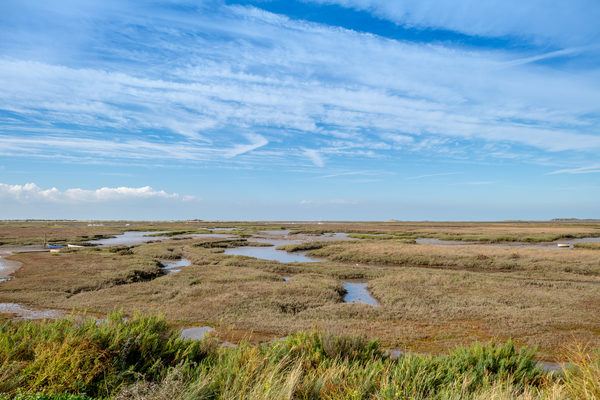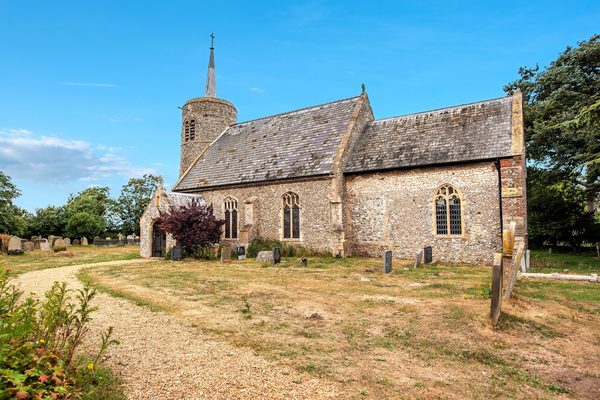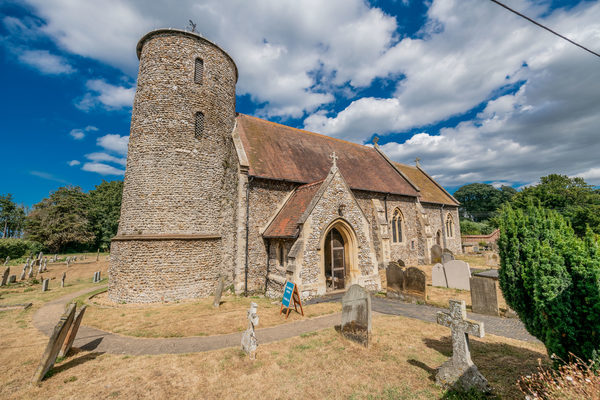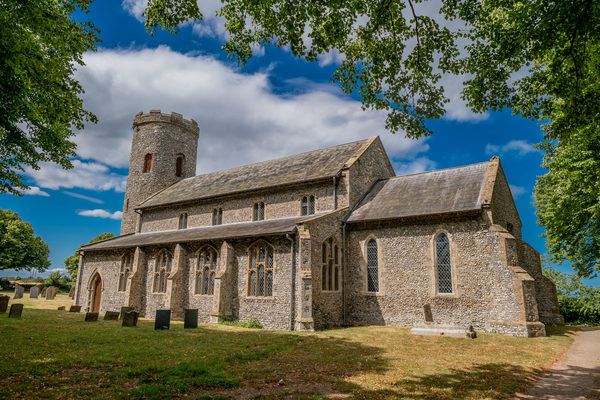Branodunum was the name of an ancient Roman fort to the east of the modern English village of Brancaster in Norfolk.
The fort, built in the 230s, became later part of the Saxon Shore fortification system. It was built to guard the Wash approaches and is of a typical rectangular castrum layout.
According to the National Trust notice boards present on the site of the fort, the fort is within a rectangular field to the east of the current village of Brancaster; there is no urban development on the fort's site itself. Urban residential development in the 1970s has covered much of the area to the west of the fort where part of the local 'vicus' was situated.
In Roman times, the fort's northern wall lay directly on the seashore, which served as a harbour. Since then, the shoreline has receded, and the fort now lies inland. The fort was of a rectangular shape with rounded corners, with a 10 ft (3.0 m) wide wall with internal turrets at the corners and backed by an earthen rampart, which increased the wall's strength and gave easy access to the battlements. In front of the wall there was a V-shaped single ditch. The wall thus enclosed an area of 2.56 ha. In typical castrum fashion, the fort had four gates, one on each side. Aerial survey has revealed the existence of several buildings in the fort's interior, including the principia. A civilian settlement (vicus) existed on the eastern and northern sides of the fort, which has been dated to the 2nd century AD. Its size would make it one of the largest settlements in the territory of the Iceni tribe. Because the streets of the settlement are not aligned with the layout of the fort, it has been hypothesised that an earlier fort, built of timber, existed at the site, possibly from as early as the revolt of Queen Boudicca in the mid-1st century AD. The walls still stood up to 12 feet (3.7 metres) tall in the seventeenth century, but robbing of materials during following century’s means, that only the site and the earthworks now remain.








